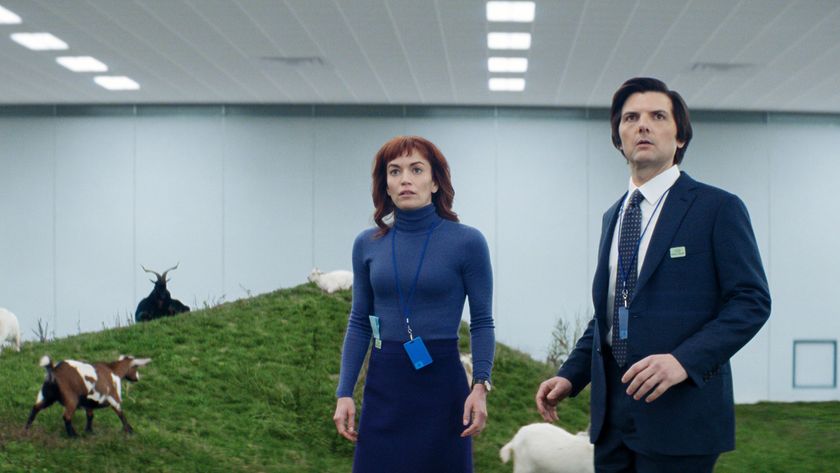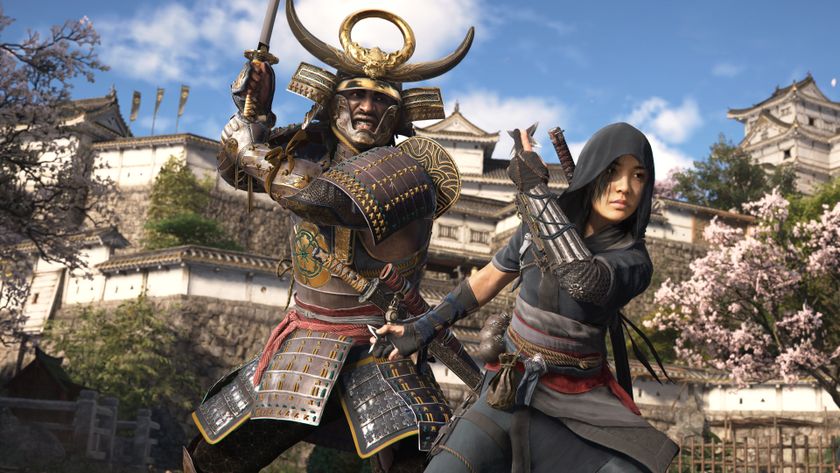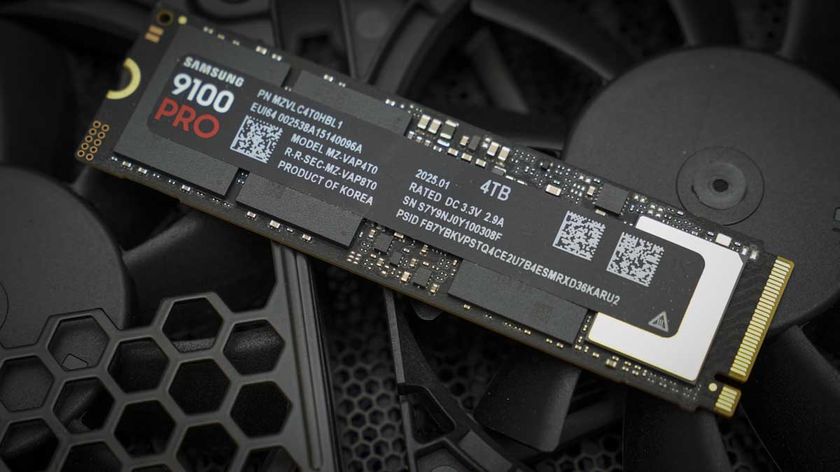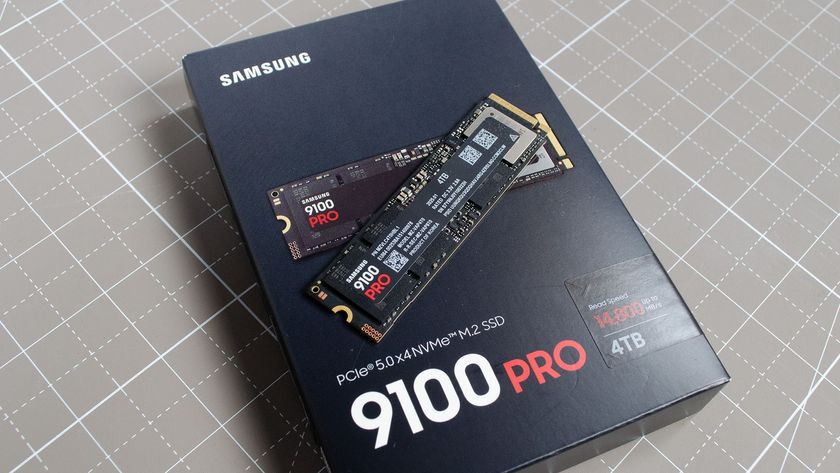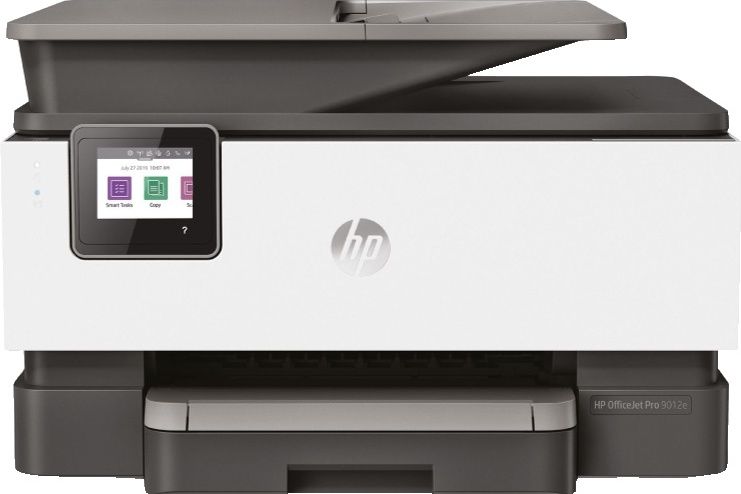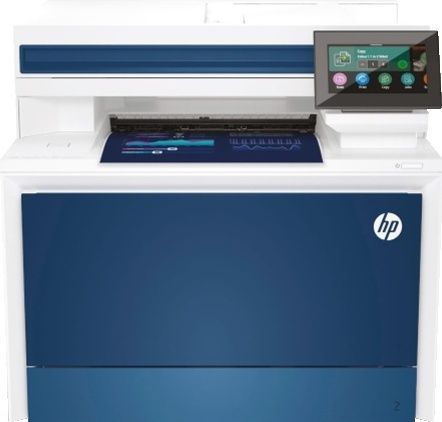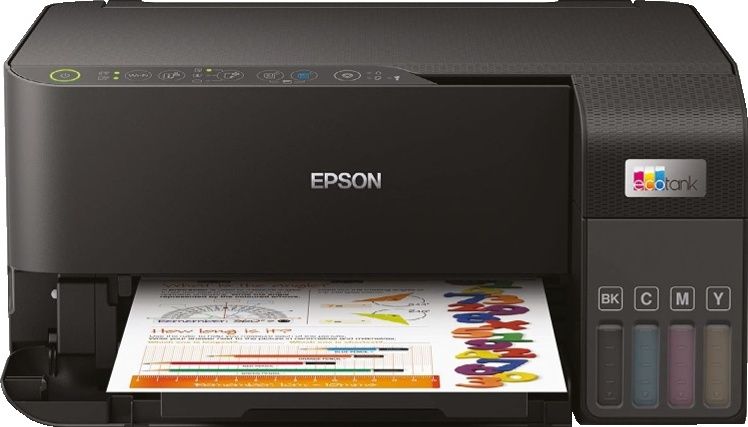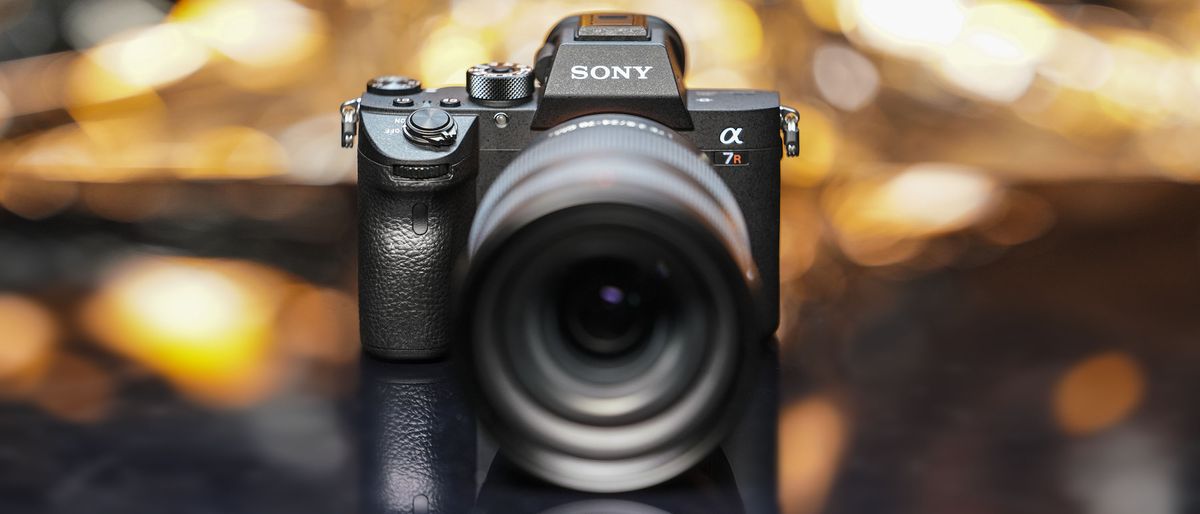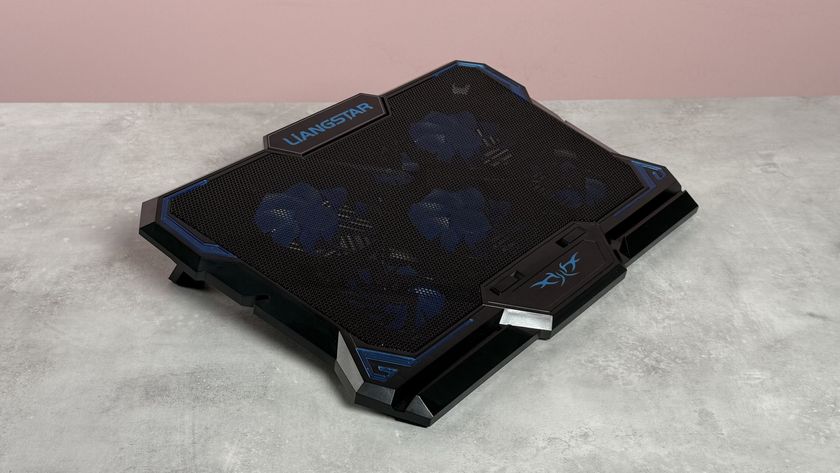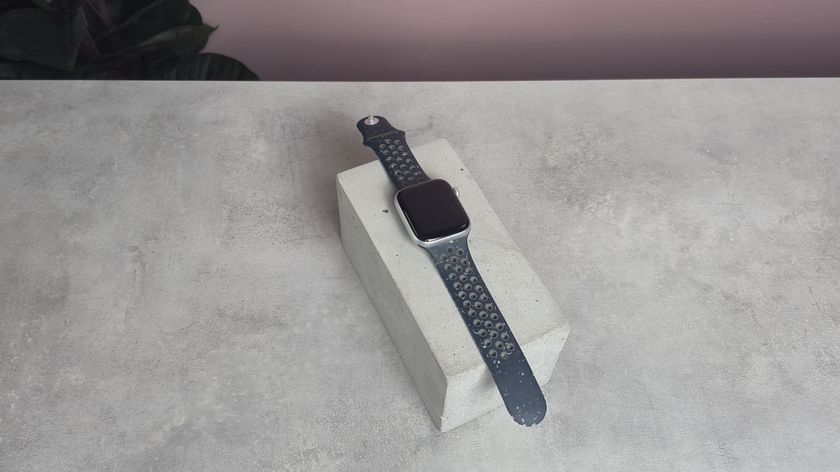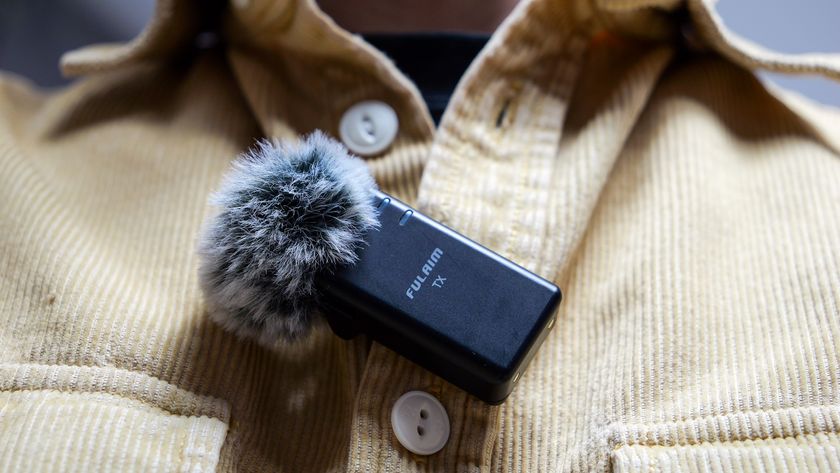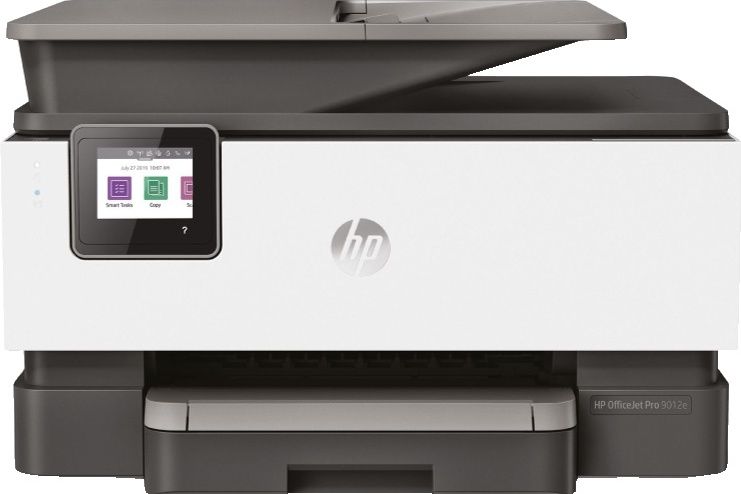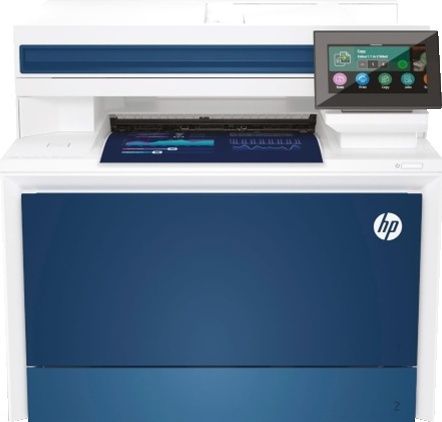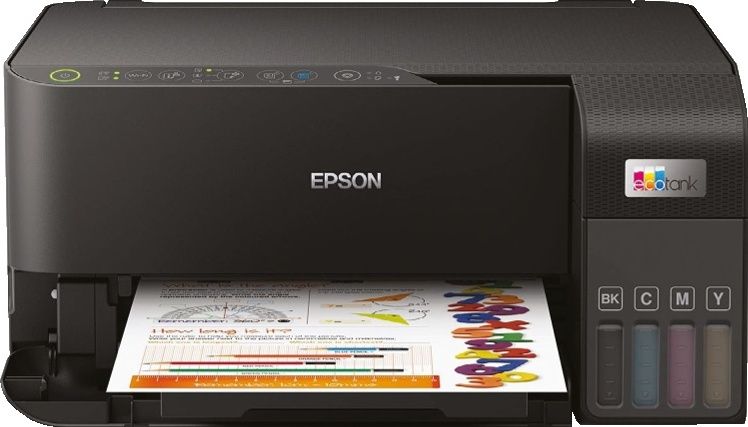Why you can trust TechRadar
Performance
- 10fps burst shooting
- 5-axis image stabilization
- 530-shot battery life
While the A7R II could only manage 5fps burst shooting, the enhanced processing power inside the Alpha A7R III sees that rate double to 10fps, and that's with continuous AF/AE tracking. It can sustain this for up to 76 JPEG/raw images, or 28 uncompressed 14-bit raws.
You have the option of using the A7R III's mechanical shutter to achieve this, or if you prefer you can opt for the camera's electronic shutter for silent shooting. And, rather than having to wait while the camera writes large quantities of images to the card, it's still possible to use many of the A7R III's key functions.
The Alpha A7R III is kitted out with Sony's 5-axis optical image stabilization system, and this has been tweaked for the new camera to deliver a 5.5-stop shutter speed advantage, improving on the A7R II's 4.5-stop system. To reduce the risk of vibration and image blur, especially when shooting at 10fps, there's a new low-vibration shutter mechanism.
You can expect the A7R III to carry on shooting for 530 frames
The electronic viewfinder is excellent, with a clear and large view thanks to the fast refresh rate and 3,686k-dot resolution, while the rear display doesn't disappoint either.
One of the biggest complaints levelled at the A7R II was its poor battery life, with just 270 shots possible if you were lucky. Sony has swapped out the W-series battery used in that camera and replaced it with its latest Z-series unit, and you can expect the A7R III to carry on shooting for 530 shots if you use the viewfinder, or 650 shots using the rear display. It's a welcome improvement, but still some way behind the likes of the Nikon D850's 1,840-shot rating.
Image quality
- ISO100-32,000, expandable to 50-102,400
- 15-stop dynamic range
- 14-bit raw shooting
The Alpha A7R III is able to resolve an impressive level of detail; you'd be hard-pushed to distinguish between its images and those from the more densely populated sensors on the 45.2MP Nikon D850 and 50MP Canon EOS 5DS. At the end of the day, if you're planning to produce large A2 sized prints, you won't be disappointed with the files from the Alpha A7R III.
Noise control is another area in which the Alpha A7R III is very strong. Noise levels are kept well within acceptable limits, delivering pleasing results with natural-looking granular noise and minimal Chroma (color) noise even when you're shooting at the higher end of the native sensitivity range (up to ISO32,000). As with most cameras, we'd avoid resorting to the high expansion settings (the maximum here is ISO102,400) unless getting a shot is more important than its ultimate quality.
The Alpha A7R III's dynamic range performance is also very impressive. If you're shooting at low sensitivities and purposefully underexposing the shot to retain highlights, you'll have to really push the file in post-processing before you see any signs of quality beginning to deteriorate in the shadows. For general editing of raw files where you want to recover detail, you've got plenty of flexibility with the A7R III's files.




Click here to see the full-size image

Click here to see the full-size image

Click here to see the full-size image

Click here to see the full-size image

Click here to see the full-size image

Click here to see the full-size image

Click here to see the full-size image
Current page: Performance and image quality
Prev Page Build, handling and AF Next Page Verdict and competitionPhil Hall is an experienced writer and editor having worked on some of the largest photography magazines in the UK, and now edit the photography channel of TechRadar, the UK's biggest tech website and one of the largest in the world. He has also worked on numerous commercial projects, including working with manufacturers like Nikon and Fujifilm on bespoke printed and online camera guides, as well as writing technique blogs and copy for the John Lewis Technology guide.




